Ubiquitously Uzbekistan – Briefly, Tashkent
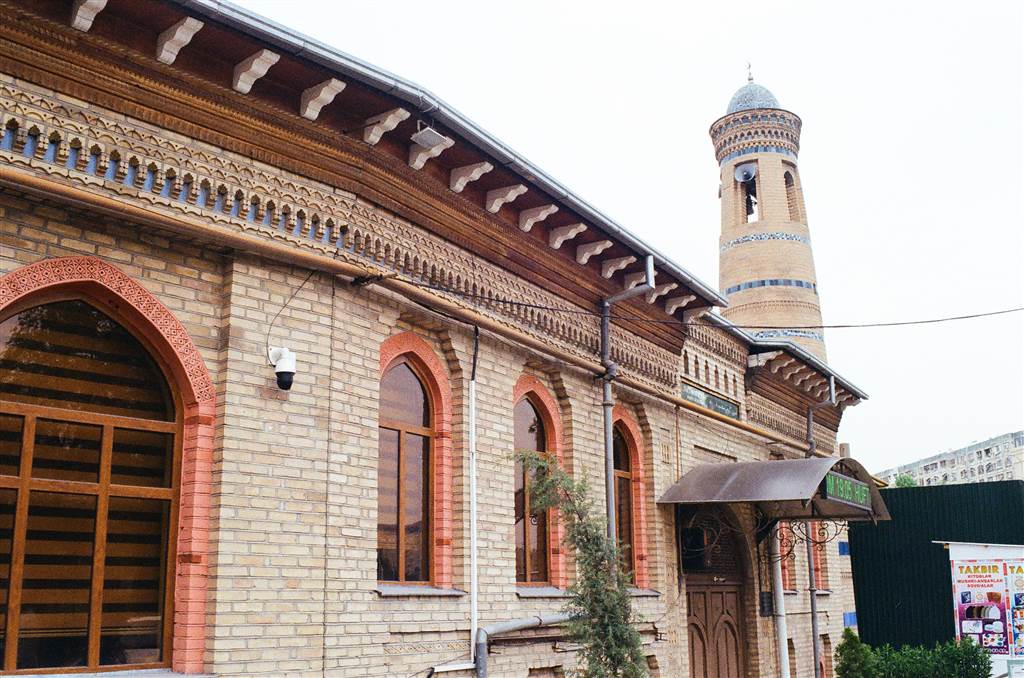
Perhaps Uzbekistan is only ubiquitous within its own borders. It is not a small country by any measure. Amongst the five central Asian countries of Kazakhstan, Turkmenistan, Uzbekistan, Kyrgyzstan, and Tajikistan, Uzbekistan is the third largest. Its population of 33 million also prides the top in the five.
Although their country is little known to the outside world, Uzbekistan’s people are rightly proud of their cultural heritage and natural endowments. And they are ever so ready to engage with the tourists when they do come across them, in the most genuine sense of curiosity, hospitality and warmth.
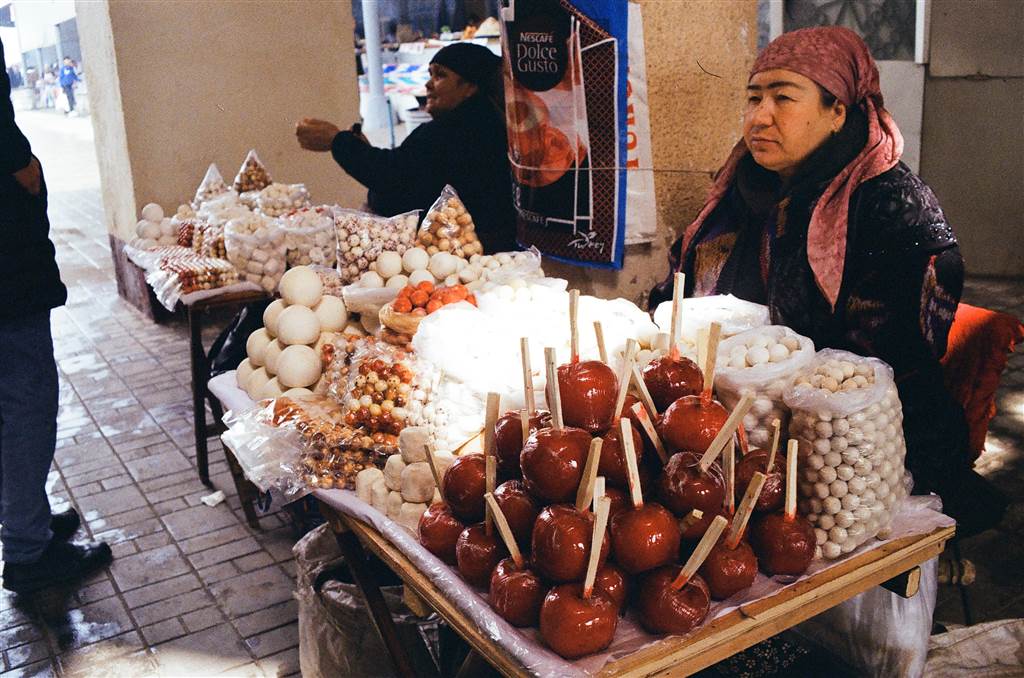
April is a good month to travel in Uzbekistan. The summers and the winters there can be unbearably extreme. We put together the trip within a short span of a couple weeks, and there were some real challenges, discussed in the next entry on preliminaries. It was out of good luck that we made it out there, and I would say this is a once-in-a-lifetime adventure into an unfamiliar territory and time.
We were perhaps done with the initial setup (money exchange, SIM card etc.) after a little over an hour at the airport. Time to head over to the hostel. We stayed at TopChan, because it is relatively close to the Tashkent North Train Station, where we would head out for a 7am train to Samarkand the next day.
The TopChan Hostel
At TopChan, the lady greeted me and started speaking Uzbek to me. That was when I had not even put on my head covering yet. I am always so flattered when people in other countries just speak to me naturally in their language. It does show that they feel like I am one of them.
TopChan is very clean and welcoming. The hotel rooms are hip and there is a community there. It was too bad that that evening would be the only night we stayed in Tashkent.
Tashkent greeted us with a drizzle. By the time we were done checking in at TopChan, however, it developed into quite a bit of a rain. We debated what to do, because the photographs would not show up well in that gloominess. We were eager to see the city, however, so we decided to head over to the Chorsu Bazaar, which should provide cover with plenty of photo ops indoors.
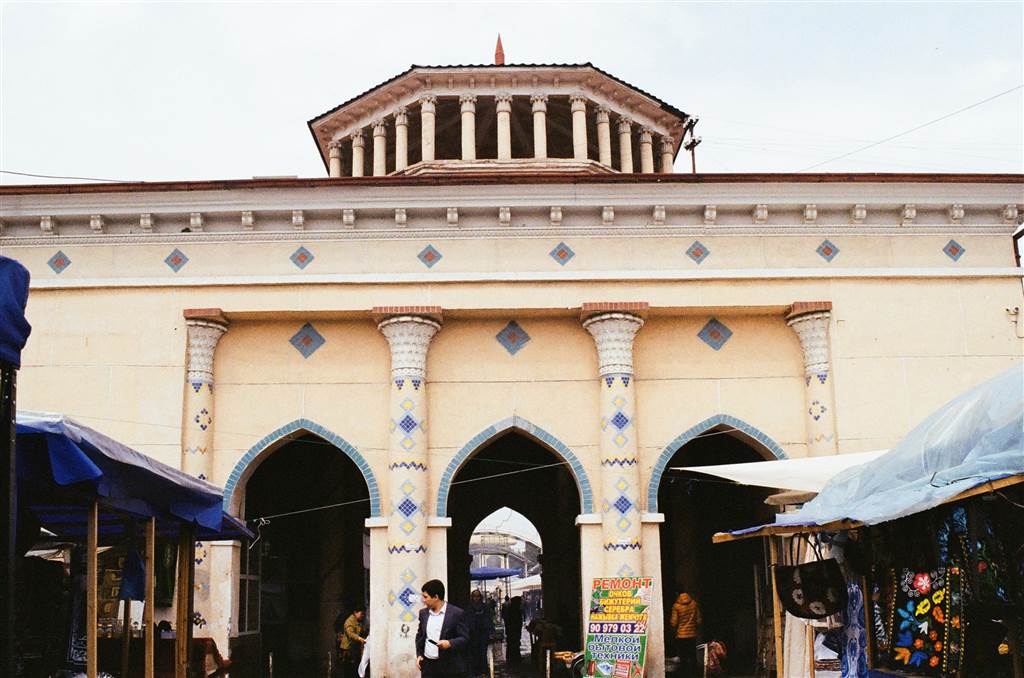
Tashkent as a City
Tashkent is the capital of Uzbekistan and it is the most populous city in all of Central Asia. The words “tash” and “kent” in Turkic together means “stone city.”
As a city, Tashkent has a long story to tell. Suffice to say, it has ancient roots going back to 2,000 years ago, as a stop along the ancient silk road. Its riverways were fed by the meltwater from the mountains. As such, Tashkent as an ancient city was an oasis in the desert.
In the pre-Islamic times, there were early settlements of nomads and trade between the Sogdians and Turkic peoples. This early settlement took place between 5th and 3rd centuries BC, and the city then was known as Chach. Chach, at 7th century AD, prided a fortress, plus a system of 30 towns and 50 irrigation canals.
In the 9th century the Samanid ruler, the Persian emperor with Iranian origins, would bring forth a time of glory for Tashkent. At the time, trade was booming. Tashkent was a critical rest stop for Chinese merchants travelling further west to Samarkand and Bukhara. The Islamic period would go roughly for about two centuries, between 8th century and 10th century.
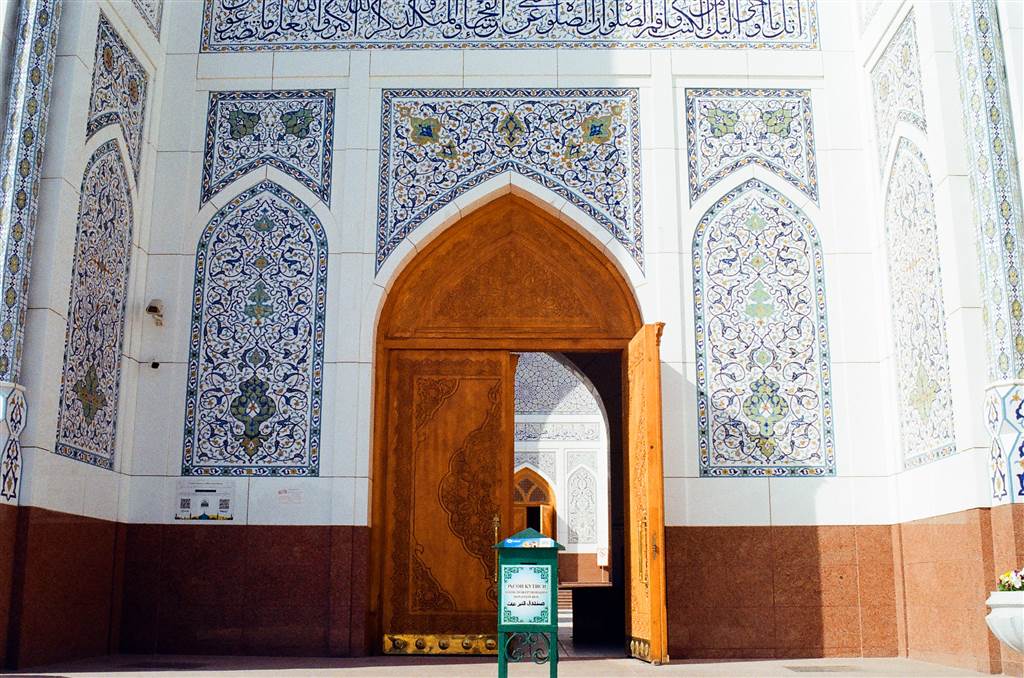
In Amir Timur’s (1336-1405) time, Tashkent gradually revived its cultural and strategic importance. The Mongol conquest in 1219 destroyed the city. It also ended a period of local rule by the Khwarazmian dynasty. Amir Timur rose to become the most revered ruler for Uzbekistan’s people, and that is so to this day.
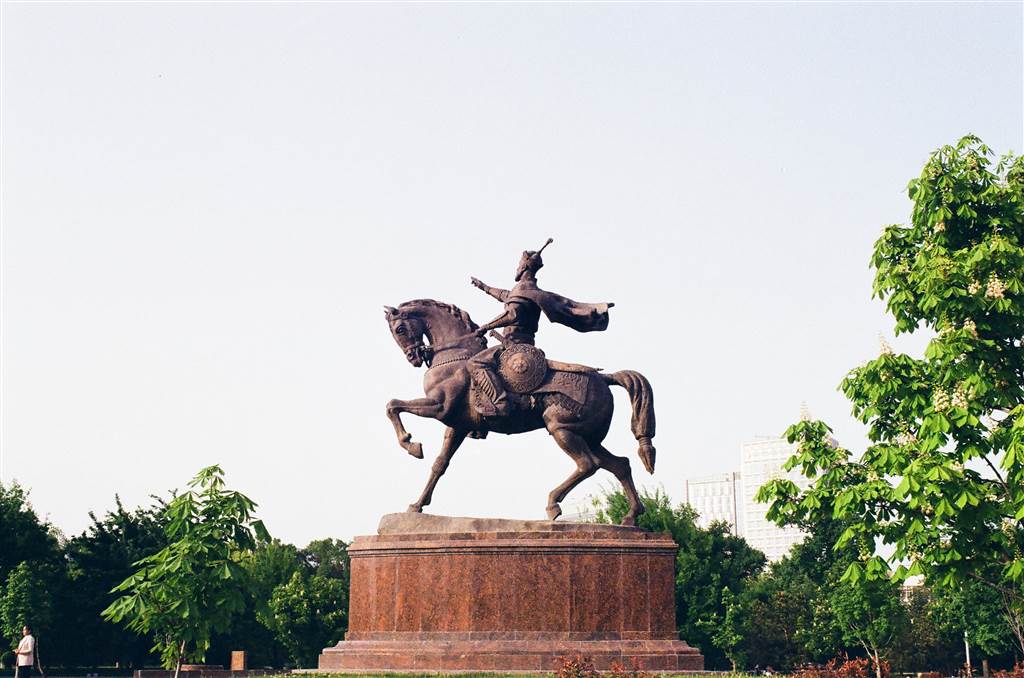
Perhaps the next point of great historic importance would be Tashkent’s fall into Russian hands. As an independent state of Tashkent, its trade with Russia in the early 19th century had resulted in enormous prosperity. In 1865, Russian general Chernyaev launched a two-day attack at the well-fortified Tashkent, and surprisingly won. Since then, Tashkent became the capital of the territory of Russian Turkistan.
Tashkent (and later Uzbekistan)’s colonized status would continue well into the Soviet times. There will be more history about Uzbekistan’s transition into part of the Soviet Union in later entries. In 1991, it declared itself as the Republic of Uzbekistan, and naturally Tashkent became its capital city.
The Modernity of Tashkent
Given this history, Tashkent’s modernity is one of a truly melting-pot identity. Naturally, you can see all sorts of Russian footprints in Tashkent. There remains a sizeable Russian population in Tashkent today. Needless to say, the Uzbeks themselves have a distinct culture of their own, being century-long adherents to Islam, and also Asian in their ethnicity. The history of the ancient silk road has left its mark in Tashkent. The amalgamation of Arabic, Chinese and European influence is reflected in the city’s food, fashion, architecture, history and urban planning. It came to my mind often during my trip, that this is indeed Eurasia, a region where mixed heritages form a distinct way of life for its peoples.
And this distinct way of life is ubiquitously Uzbekistan.
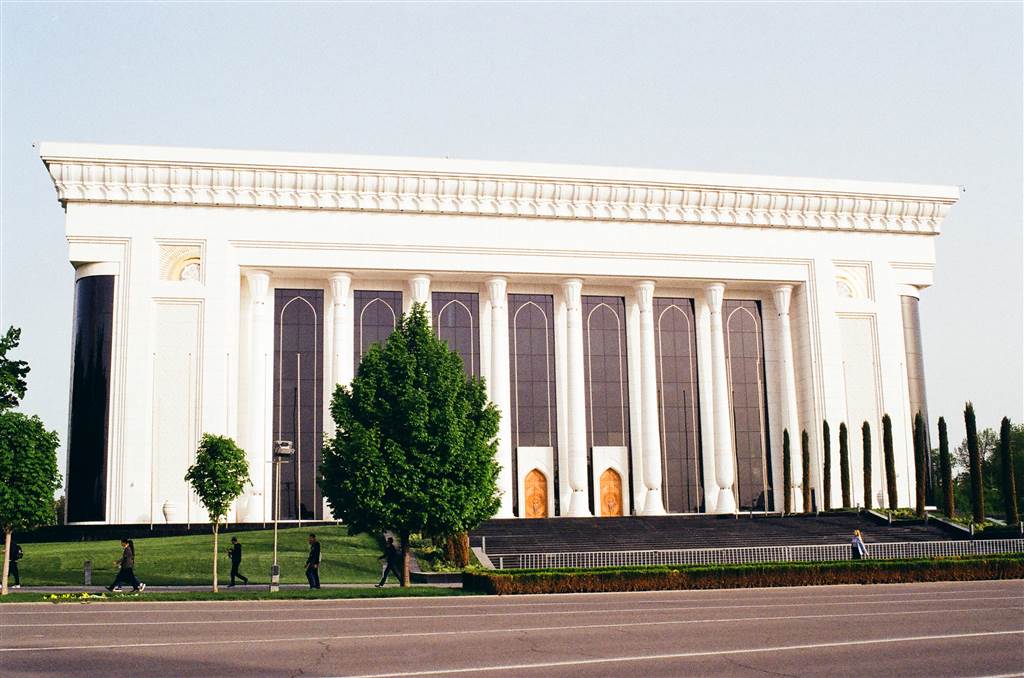
Sources
Calum Macleod, Uzbekistan: the Golden Road to Samarkand (2014).
The Wikipedia on Tashkent.
The Wikipedia on Uzbekistan.
